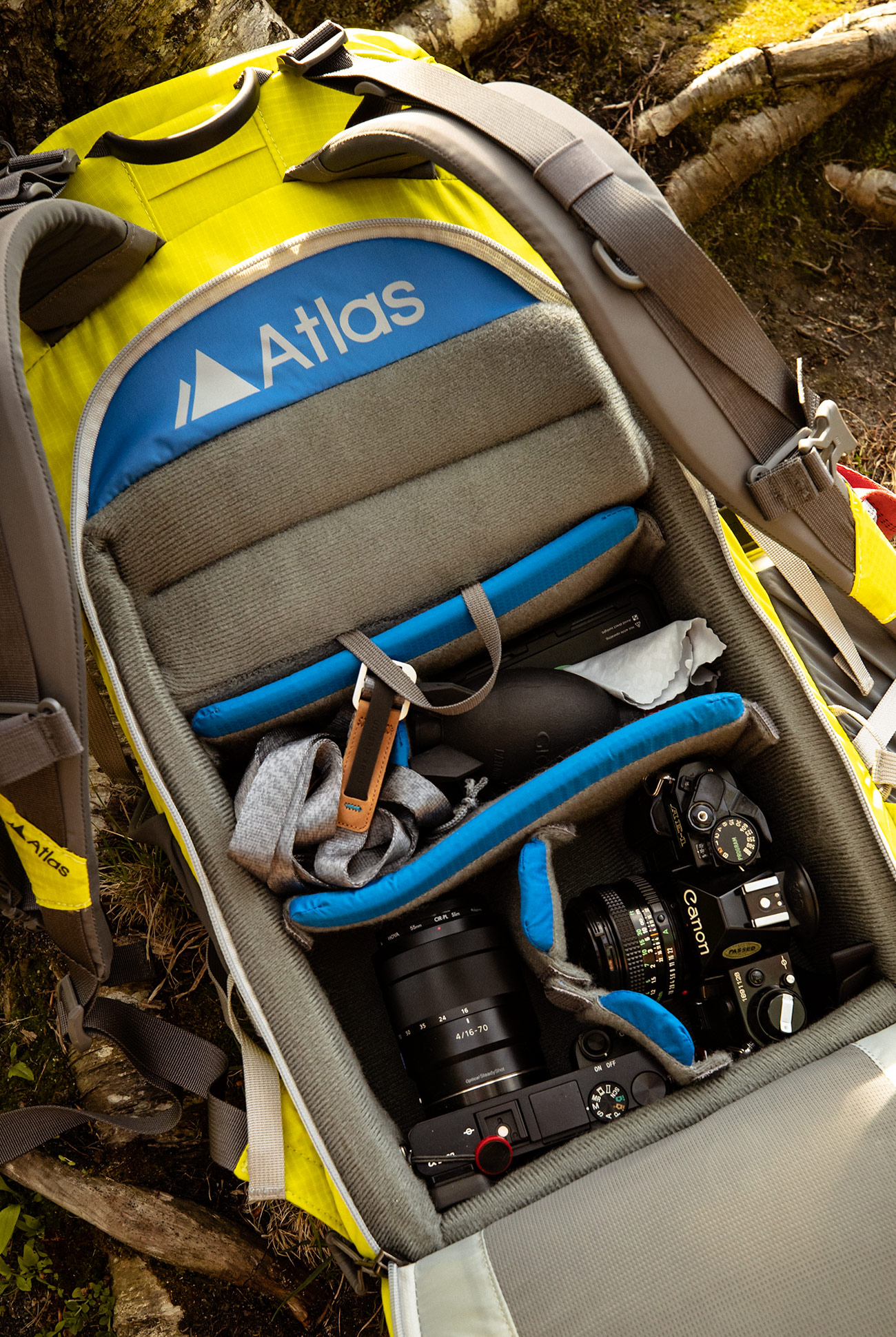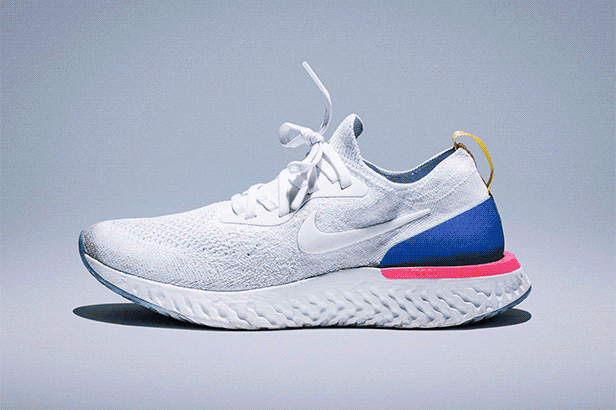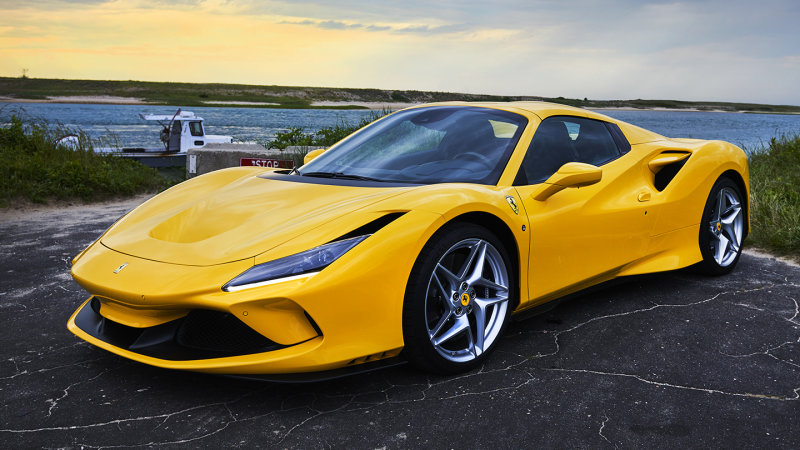The adventure-oriented camera bag category used to be solely dominated by Lowepro. Now, a variety of young brands are capitalizing on the growing population of adventure-curious (and Instagram-addicted) photographers to create dedicated travel and outdoor backpacks designed with cameras in mind.
Atlas is the latest to cater outdoorsy snapshoters with its two camera backpacks, the Athlete and the Adventure. With 30 liters of internal storage — not including a dedicated camera section accessed via fold-out back panel — the Athlete is the smaller of the pair. It’s built like a hiking pack with plenty of performance-oriented features, but somehow manages to squeeze just as much photography function in as well.
The Good: The best thing about the Atlas Athlete backpack is its adaptability in terms of carrying capacity. Different activities require distinct gear kits, and depending on whether you’re hiking, kayaking or skiing, you’ll use less or more space inside the bag. Furthermore, outdoor activity can range from a few hours to a few days. The Athlete’s adjustable features prepare it for variety, and it’s comfortable and practical both when it’s stuffed to the brim and holding only a few items.
The most original of the Athlete’s space-modifying features is its Origami divider system. At the top of the camera storage space is a small loop that, when pulled, reduces that space by about a third, allowing photographers to carry more non-camera-related equipment in the bag’s main gear compartment. Push it back in and the space is available for lenses and bodies again.
This feature is great because it lets photographers carry more or less of either type of gear depending on what the trip calls for.
Who It’s For: The Atlas Athlete camera backpack is an adventure photographer’s bag. It looks and carries like a hiking pack — it uses high-grade lightweight performance materials that are also weather-repellant (and it comes with a built-in rain cover) — so it’s best equipped for outdoor use. That being said, it’s also a capable hauler for less-outdoorsy photographers, but they may not appreciate the bag’s techy aesthetics and overbuilt features.
Watch Out For: Atlas’ branding on the Athlete is very prominent across the pack’s face, and some might be put off by this as being too loud and sporty. Also, within the camera organization there are two sizes of Velcro dividers that can be used to arrange the space, let’s call them large and small. Three smalls equal roughly the same size as a large, but I did find a desire for at least one medium-sized spacer.
Furthermore, the Athlete’s dedicated hydration sleeve is a pocket on the side. Ideally, this should be as close to the back as possible because water presents a lot of carried weight, and positioning this on the side can create a lopsided imbalance.
Alternatives: F-stop has been the top name in the game for years, and its Anja ($259) and Tilopa ($319) backpacks will likely be the Athlete’s biggest rivals. Peak Design has also become a fan-favorite among photographers and while its Everyday Backpack ($260) is less outdoor-dedicated, it’s still suited to the task. A lesser-known brand to look toward is Shimoda Designs with its brand-new Explore backpack ($280). All of these bags are cheaper, and offer a comparable range of specs.
Review: If I’m being honest with you, I’m a bit of a purist when it comes to outdoor activities. I desire the best of the equipment I use and I rarely make room for the non-essential. When I did eventually purchase a high-end digital camera to take with me on adventures, I made sure to keep portability in mind but then, like many before me, struggled to find the best way to transport it up to 15,000 feet elevation, if need be.
My photo kit is small. I shoot with a Sony mirrorless, an old analog Canon AE-1 Program and sometimes a bulkier Canon 5D, but rarely do I bring all three on the same trip. On a recent journey to Vermont’s more-remote Northeast Kingdom in search of empty mountain bike trails, I brought the former two devices, and packed them in the Athlete.
The internal camera space required some customization, but after battling with the Velcro spacers I easily managed to fit both cameras with lenses attached as well as a hard drive, dust blower, two extra camera straps, an extra battery, a charging cable and handy clip. My colleague, Chase Pellerin, Gear Patrol‘s staff photographer, was also outfitted with an Athlete and filled his with a Canon 1DX and four lenses, as well as a light, light stand, umbrella and laptop.
My setup was sparse compared to his, but I knew that it was all I needed. I had still only filled a little more than half the space. Enter the Athlete’s Origami divider: with one pull of a webbing loop, that extra camera storage space became gear space in the backpack main compartment. That side of the Athlete was able to hold: a MacBook Pro (in a dedicated sleeve), a sleeping bag and pad, a puffy jacket and a rain jacket, a water bottle and an undeniably bulky mountain biking helmet, along with a variety of small essentials stored in various pockets. I had plenty of space to spare (some of which went under-utilized because it was in the camera storage compartment).

On the trail, the Athlete performed as it looks — like a hiking bag. The hip belt is actuallysupportive, a trait that doesn’t always hold true for crossover backpacks, and the shoulder straps are fully-adjustable, which allowed me to shift and distribute weight throughout the day.
In photography and hiking, bag access is crucial, and the Athlete backpack provides it. Cameras and other gear are kept separate, so when I needed one or the other I didn’t have to do much digging to find it.
The Athlete stocks numerous small yet thoughtful features, such as an internal laptop sleeve that uses the camera storage to provide padding and expandable exterior sleeves for stashing gear. Its webbing tension straps all run through strategically-placed loops that hold excess length and prevent the chaos caused by too many dangling lines.
There are some small things not to love though; I’m a fan of minimalism and subtlety, and the gigantic logo on the pack’s front is anything but. In hiking packs, I also always look for a backdoor into a main compartment that will inevitably become stuffed, and disorganized. Outdoor companies usually provide this with a front, side, or bottom zipper that gives access without opening the top, and this would be a welcome addition to the Athlete.
Even without these features though, the Athlete made a worthy companion on our trip to Vermont. I’ll continue to bring it on other journeys, pushing the limits of its seams, as I do the same to my muscles, over miles of well-worn and untrodden trails.
Verdict: The Athlete is neither a hiking pack with a built-in camera system nor a camera bag that’s been optimized for outdoor use. It walks the line between these two expertly, providing all the support, adjustability and varied storage space of an outdoor pack with the organization and storage that photographers need. There are a few small points to address, such as the bag’s hydration sleeve location and its internal dividers, but the Athlete is still strong on many points. Photographers with more expansive camera kits will get more use out of the Athlete, which has more camera storage than I needed. For brand’s first pass at an adventure camera backpack, the Atlas Athlete strikes close to bullseye.
What Others Are Saying:
• “If you’re someone who likes traveling light or hiking and shooting on the go, then this is a pack you should consider. The Atlas Athlete is well made with reinforced stitching and high-quality zippers and taped seams everywhere it counts. I expect many years of enjoyable use from this pack.” — Levi Sim, Photofocus
• “I’m on a seemingly never-ending quest to find the perfect backpack for not just outdoor photography, but one versatile enough for any situation (hiking, camping, studio, coffee shops, cycling, etc). The Athlete and Adventure backpacks from Atlas Packs are a great step toward bags that are highly functional, well-made, and versatile, and meet the needs of amateurs and professionals alike. They seem to have taken inspiration cues from true hiking packs like those from Osprey, and photography-focused brands like F-stop Gear, and come up with their own design and solution. I have to say, it’s pretty solid.” — Caleb Kerr, Youtube
• “If you’re looking for a high-end outdoor camera pack that will let you comfortably carry your gear in any kind of terrain or environment, then I’d recommend taking a look at what Atlas has to offer. I’m excited to see this small company grow, and judging by their designs and the positive feedback they’ve had from users so far, they’re well on that track.” — Dan Bailey, Dan Bailey Photo Blog
Key Specs
Available Sizes: Medium (5’0″-5’10”), large (5’11”-6’6″)
Non-camera gear volume: 30 liters
Weight: 3.6 pounds
Select Features: 15″ laptop sleeve, air-vented mesh back panel, removable internal frame backpack, removable hip belt, hydration compatible
Hot takes and in-depth reviews on noteworthy, relevant and interesting products. Read the Story





